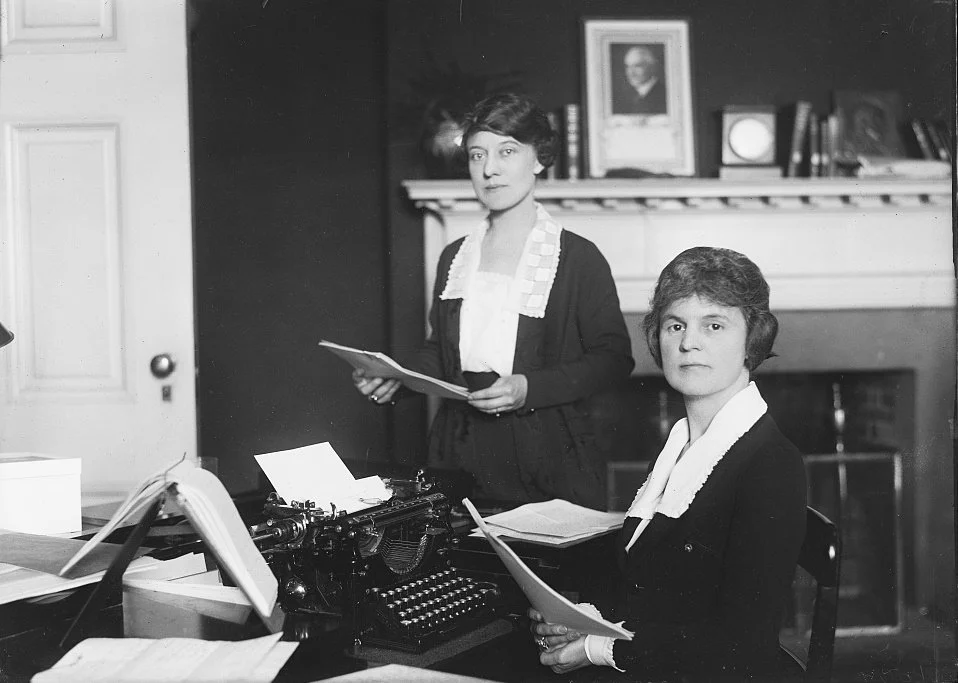Role Incredulity is Incredibly Common—and Harmful
“Role Incredulity is a form of gender bias where women are mistakenly assumed to be in a supportive or stereotypically female role…rather than a leadership or stereotypically male role,” researchers Amy Diehl and Leanne M. Dzubinki write in the Harvard Business Review.
Role incredulity hurts both individuals and their companies, the researchers write. Women must spend time and energy correcting erroneous assumptions and controlling their emotional responses to them. This can cause cumulative harm. Philosopher Christina Freidlaender illustrates the impact of such slights with the example of the pain caused if you accidentally step on someone’s foot. If people have been accidentally stepping on that person’s foot all day, their foot is already in pain when you step on it. Your accidental misstep, while to your mind causing limited damage, will cause greater harm than if you were the only one stepping on that person’s foot.
At the firm level, role incredulity is also harmful. When an organization only views certain types of people (usually male and white) as able to project authority or lead, it is missing out on the talents of members of underrepresented groups. This “broken rung” on the ladder to leadership contributes to women leaving their firms or the profession entirely.
The researchers suggest the following strategies for avoiding or correcting role incredulity:
Women at work in office, c. 1921 – 1923. (Harris & Ewing/Library of Congress)
Staff introducing themselves should always include their titles; this should become part of the office culture in any situation where everyone doesn’t know each other well. For online meetings, all employees should display their titles along with their names.
Allies introducing colleagues should always include their titles. They should also correct any incredulous assumptions about roles.
Any corrections, whether made by the target of the bias or an ally, should be made with tact—but they should always be made. While misidentifying roles is usually unintentional, offering corrections can challenge biases while ensuring communication based on actual roles.
As products of our biased society, we might ourselves mistake someone’s role. When this happens, apologize, seek forgiveness, and learn from the mistake. To prevent such errors, consider learning the roles of proposed attendees as part of preparing for every meeting.
As a society, we hold a generalized, unconscious belief that men are more competent than women—regardless of individual skill or ability. Acting to prevent or correct role incredulity is a step toward challenging this bias.
Please subscribe to The Architectress.
